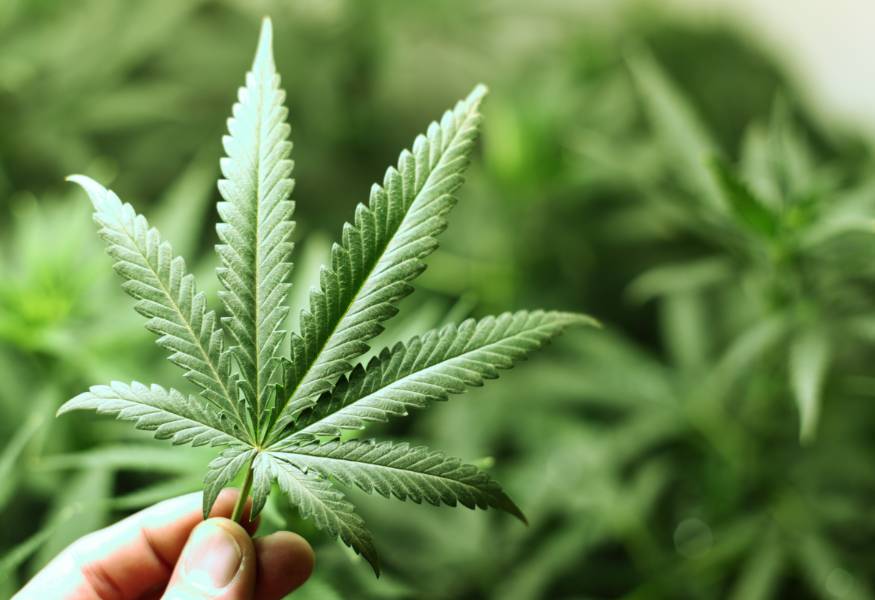While the Cannabis plant continues to grow in popularity due to the number of uses and health benefits it provides, the plant’s powerful medicinal and homeopathic benefits are what continues to pique the interest of many. In order to create Cannabis with the most substantial properties possible, growers have found that by manipulating and streamlining the growing process, Cannabis with extremely similar properties can be produced. Tending to your succulent just isn’t the same; welcome to the magnificent world of Cannabis growing!

What is Cannabis?
Cannabis is a genus of flowering plants in the Cannabaceae family. The cannabis plant produces small, extracellular structures called trichomes within its spike-shaped nodules on the top of its flower. Within these trichomes are over 100 different phytocannabinoids, having found to contain significant amounts of delta9-tetrahydrocannabinol (THC) and cannabidiol (CBD) elements. While THC and CBD are the most widely known phytocannabinoids to date, it is important to note the two have very different uses among humans. By learning how Cannabis is grown, many can begin to understand how various processes can yield a variety of Cannabis species, which in turn can help to create a well-rounded perspective when seeking specific Cannabis-related benefits.
The Species of Cannabis
First and foremost, all cannabis plants are considered to be derived from the species, Cannabis Sativa L. The two most notable variations of Cannabis are the Hemp and Marijuana species which have both been known to produce a number of different uses for humans. Similar to animals, Cannabis plants can be either male or female. Similar to National Geographic films, males pollinate females…it’s natural. Since animals featured on National Geographic and plants are two very different organisms, the pollination of a female Cannabis plant by a male is actually not ideal for Cannabis growers. When a female plant is not pollinated, she forms much larger flower structures than her male counterparts. Since larger flowers yields larger nodules with more trichomes, female plants tend to produce a higher amount of phytocannabinoids as well. Due to growers striving to produce taller, larger crops, female Cannabis is typically grown in isolation to ensure no pollination is present.
Cutting Vs. Seeding
As mentioned previously, un-pollinated, female Cannabis plants are the most ideal when growing large quantities of crops yielding similar chemical makeups. To ensure crops are consistent in phytocannabinoid quality, growers tend to produce Cannabis from “cutting” rather than “seeding.” In order to grow crops from cutting, small sections of an “ideal” plant are cut off to generate the growth of a new, soon-to-be “clone plant.” Growers choose Cannabis plants with the strongest physical and chemical properties to act as “the mother” of the crop. Cutting from the mother plant allows for “clones” to be created, which yields high quantities of plants extremely similar in size, shape and phytocannabinoid makeup.


